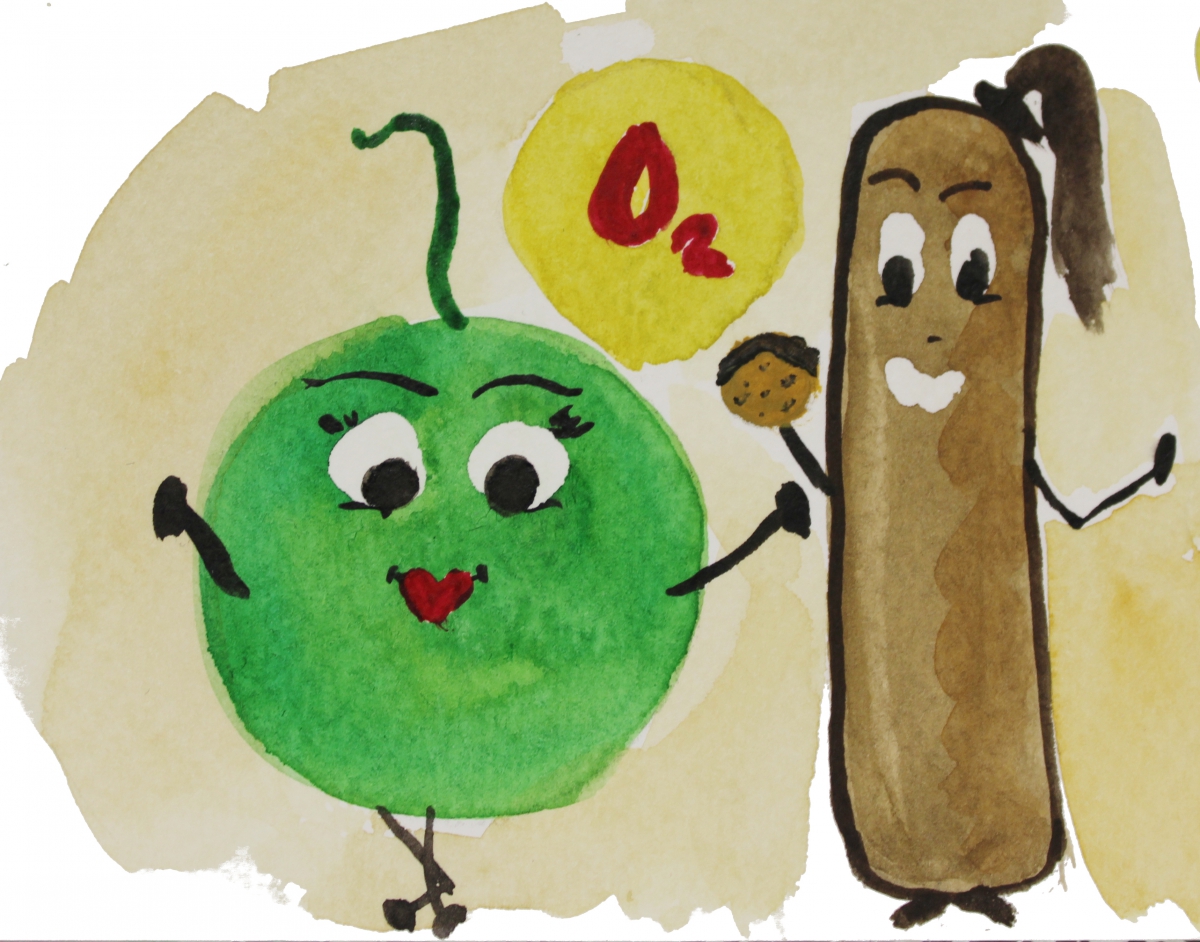Is there anything like Microbe friendship?

Microbes like to grow in communities with similar living conditions. However, bacteria are selfish and only live together with others if they produce something that they can utilise themselves and they would also like the living conditions there on their own, e.g. in the intestine, desert salt lakes or sea bays.
For example, around 400 different types of bacteria live together in our intestines and have adapted to the living conditions there. In the small intestine there are mostly facultative anaerobic bacteria, which can also live in the absence of oxygen, and in the large intestine mainly anaerobic bacteria, which can only live without oxygen, as little or no oxygen can reach them. They are responsible for the digestion of our food by breaking down carbohydrates, proteins and fats and produce vitamins such as vitamin B12 and B2.
In desert salt lakes, colourless bacteria live in a community together with green sulphur bacteria (Chlorobium chlorochromatii) that surround them. The green sulphur bacteria use CO2 in sunlight as a carbon source for growth. This CO2 comes from the colourless bacteria (e.g. Desulfovibrio, Desulfuromonas), which convert hydrogen sulphide to sulphur or sulphate and CO2. These sulphur compounds in turn require the green bacteria as electron donors. This creates a sulphur cycle that is helpful for both.
Microbes also live together in the drain. Such biofilms or microbial mats consisting of a multitude of bacteria also form in hot springs or sea bays. Different types of bacteria colonise several layers there. Cyanobacteria, for example, are photosynthetically active microorganisms, i.e. they produce sugar and oxygen with the help of light and carbon dioxide and usually live on the surface of the mats. Sugar and oxygen in turn require other bacteria as their main source of nutrition and for breathing.
In our laboratory, Synechocystis ("Synthia") and Pseudomonas ("Mona") form such a community (see illustration). Synthia is a cyanobacterium and produces oxygen and sugar (shown as a biscuit in the figure), which Mona needs to survive. Without Mona, Synthia would not be able to form a stable biofilm and would produce so much oxygen that it would be toxic to itself. However, Mona consumes it and so they live together in a biofilm that is coloured green by Synthia: a true microbial friendship.
Read more:
https://www.biospektrum.de/blatt/d_bs_pdf&_id=1645362
https://www.spektrum.de/news/fruehe-schichtarbeit/576297
https://www.mpi-bremen.de/Riffe-aus-Bakterien-entdeckt.html
© Text and figure: Ingeborg Heuschkel /VAAM, ingeborg.heuschkel[at]ufz.de, Nutzung gemäß CC 4.0

